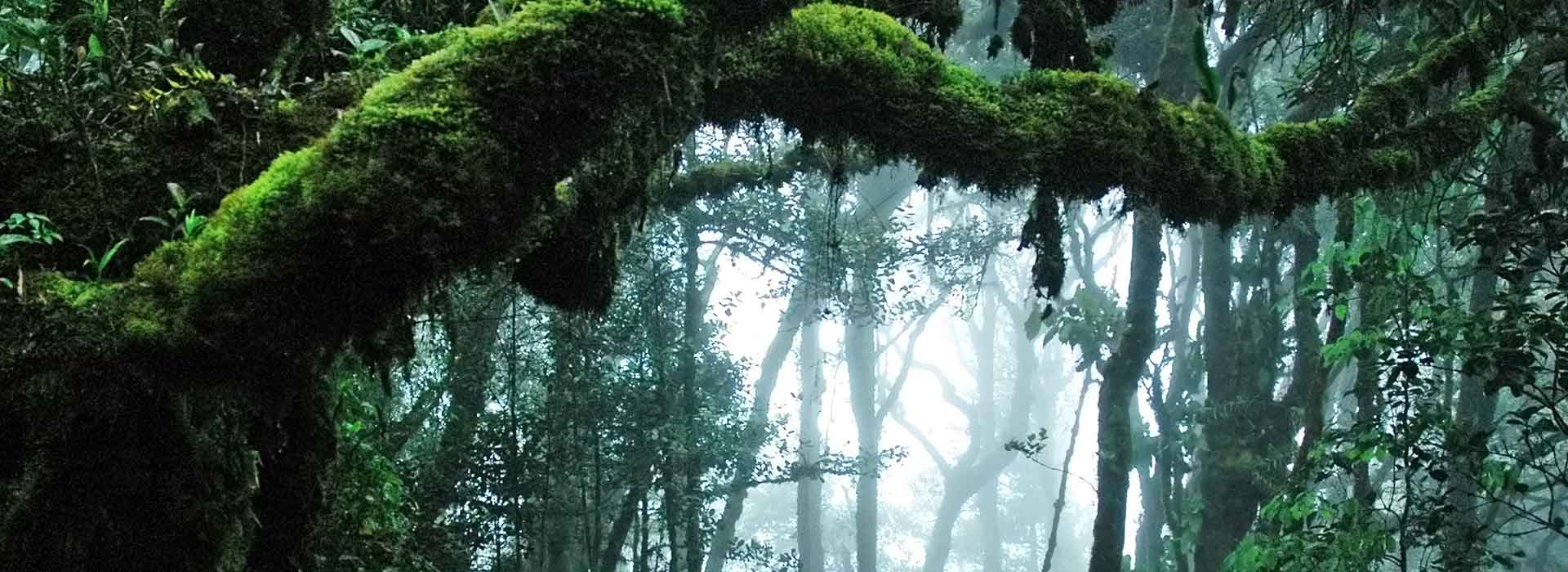Exploring Nature with your Buddies
There’s always so much to do and so much to see when visiting a new country, and things tend to get hectic. If a peace of mind is what you need, a group excursion where you could truly enjoy nature may be warranted.
There are many ways to explore nature in Sri Lanka and many different ecosystems as well. The following are a few such places you could consider.
1. Rainforests
Rainforests, known as the lungs of the world, provide us with one-third of the planet’s oxygen. They are also a gold mine of endemic species in Sri Lanka. Even amongst Sri Lanka’s rainforests, you’d notice a multitude of variations, from altitude, soil type, documented flora and fauna species, and rainfall. Sinharaja is Sri Lanka’s last virgin rainforest, covering a surface area of 11,280 hA. Almost all of the endemic bird species could be found here, along with rare and untouched flora. The average height of the trees in Sinharaja reach 40m and even surpass this number to attain heights of 50m. Fascinating creatures unique to Sri Lanka are abundant in the depths of this forest, such as the hump- nosed lizard (Lyriocephalus scutatus), the Sri Lankan pit viper (Trimeresurus trigonocephalus), and the golden palm civet (paradoxurus zeylonensis).
2. National parks
Wherever biodiversity is vulnerable or threatened, it’s imperative to swiftly put into place conservation efforts. If it passes a certain point of endangerment, reversal would be borderline impossible. This is one of the reasons why Sri Lanka’s national parks are excellent sources for first-hand information about endangered species. Overlooked by the Department of Wildlife Conservation, the national parks provide people with an intimate perspective into the habitats of many endangered species without harming them. Yala is by far the most popular national park in Sri Lanka. Yala was one of the country’s first national parks, where it’s possible to spot the endemic subspecies of elephant (Elephas maximus maximus) as well as Sri Lanka’s very own and ever-elusive leopard (Panthera pardus kotiya).
3. Mangroves
Our mangroves hold so much ecological importance, but sadly, they’re disappearing and taking their unique flora and fauna with them. Mangroves are amongst Sri Lanka’s most productive wetland ecosystems. The diverse species found within them are uniquely adapted to that environment and if the mangroves aren’t protected, there’s a chance they may be lost for good. Sri Lankan mangrove systems, such as the one in Puttalam Lagoon, contain over 20 true mangrove tree species, like Rhizophora. Mangroves also act as links between land and sea, a sort of incubator for juvenile fish (and therefore play a direct role in helping replenish fish populations), and provide nutrients to lagoons and then the ocean, an essential food source for marine microorganisms. You could also find sea turtles paddling along and curious mudskipper fish making their way across the intertwined roots of the mangrove trees. Along with these unusual sightings, if you’re lucky, you may be able to spot the fishing cat (Prionailurus viverrinus).
4. Coral reefs
Coral reefs are essential ecosystems as they aren’t only home to numerous marine species, but also protect our coastlines. They also recycle nutrients, assist in carbon and nitrogen fixing, and more. Sri Lanka has no true barrier reefs, and so, most of the island’s reefs are considered to be offshore or near-shore fringing reefs. These coral reefs can be found along almost all of the island’s coasts. Spread out over an area of 306.7 km 2 , the Bar Reef in Kalpitiya is the largest in Sri Lanka, and contains nearly 160 species of coral and over 280 species of fish. To date, over 180 species of hard coral have been recorded in Sri Lanka. Snorkelling along the reef, you could catch a glimpse of various sea turtles, sharks and rays coming to feast on the other critters in and around the corals.
